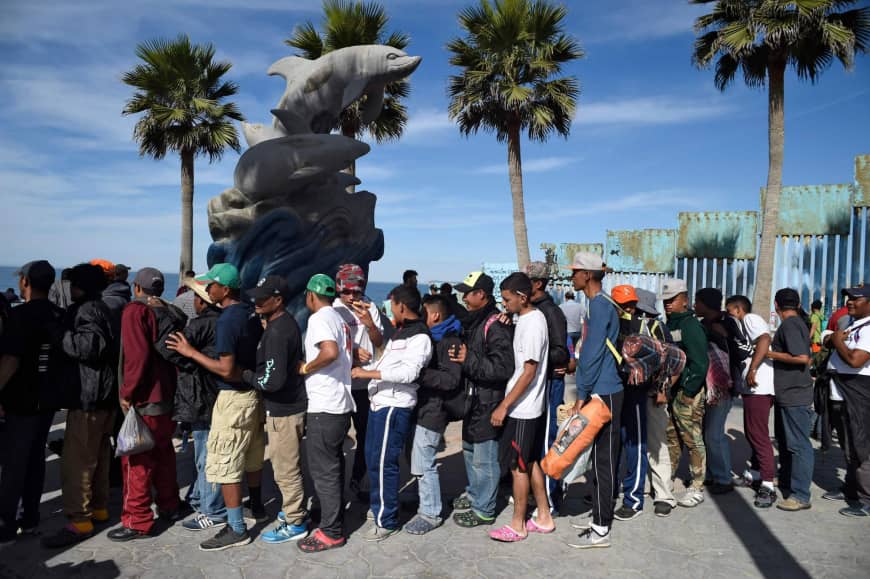A new study suggested the immigration movement from Mexico to the United States was the largest flow between 2010 and 2015 with about 2.1 million people.
However, the study also stated that Mexico and the US also had the highest rate of migrants returning home with accounting approximately 1.3 million people. Its rate is four times the rate of return of migrants to India from the United Arab Emirates (UAE).
According to the study, about 45 percent of migrants has returned back to their home land country from 1990 to 2015. The study appears to be much relevant for those displaced by the conflict.
According to news reports, professor Adrain Raftery, a statistician and sociologist who led the research, said, “We estimate a rate of return migration that is significantly higher than other methods, but it is also supported by history.”
Raftery further said, “For example, during the Rwandan genocide in 1994, more than a million migrants left the country, but most returned within three years after the conflict ended.”
The study further suggested that the mass migrant movement is still used to mainly driven by the major world’s conflicts and events. Syria’s civil war was accounted two of the top three migrant movement between 2010 and 2015 with a flow from Syria to Turkey accounting for 1.5 million people and from Syria to Lebanon accounting 1.2 million people.
The study’s leader author Jonathan Azose said, “For the migration field, this level of accuracy is a significant improvement.”
Azose further stated: “Even when you look at data from European countries, it’s not uncommon for a single migration flow to have estimates that differ by a factor of three or more depending on whether the sending or the receiving country collected the data.”
According to University of Washington researchers, the rate of emigration process in each five-year period, who moved country, in last 25 years has fluctuated between 67 and 87 million people.
Though the rate is much higher than that of previous global migration estimates, the researchers have found that it has represented a stable proportion between 1.1 percent and 1.3 percent of global population.
Raftery said, “Planning for migration is no simple task.” He said, “You need everything from medical infrastructure and trained personnel to elementary schools — and governments rely on accurate demographic estimates to help them put the right plans and responses into place.”
“Migration is much more than the place you left and the place you ultimately settled in,” said the professor.

